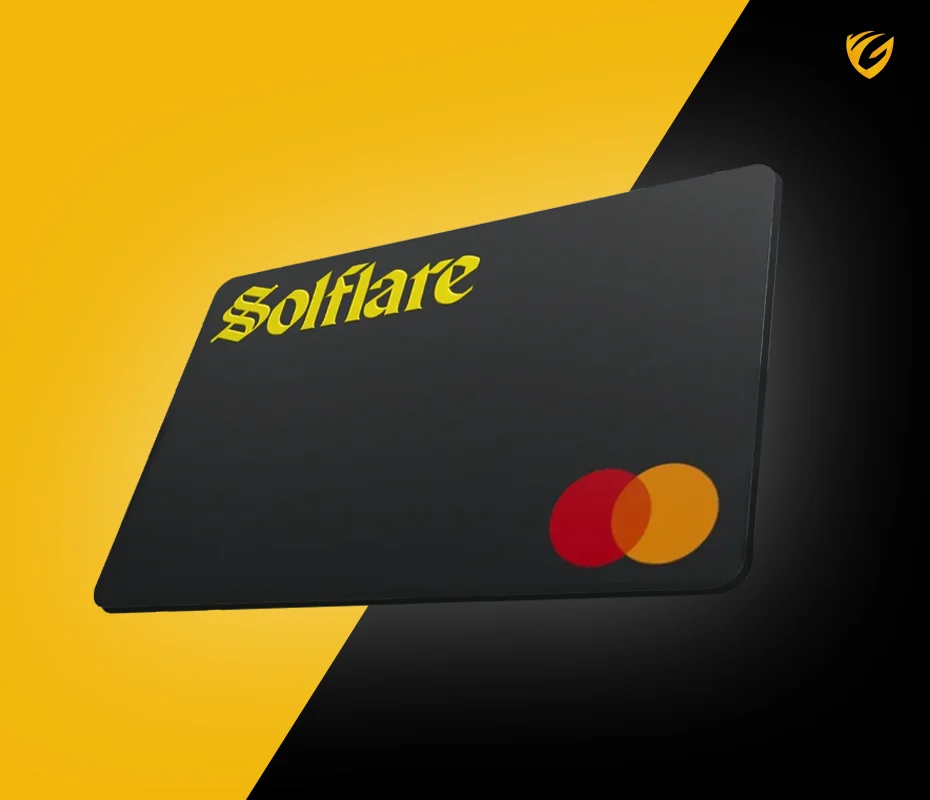Bitrace Warns of New QR Code Crypto Scam
A new crypto scam has emerged, targeting users through QR codes. Blockchain analysis firm Bitrace has raised alarms about this scheme, which tricks users into authorizing wallet transfers by using QR codes in a fraudulent process.

How the Scam Works
The scam starts with the scammer offering to exchange tokens over-the-counter, bypassing traditional exchanges. They propose an attractive exchange rate and even pay a small amount of USDT (a stablecoin pegged to the US dollar) to gain the user’s trust.
Once trust is established, the scammer asks the user to perform a “small repayment test” by scanning a QR code. This QR code leads to a third-party website where the user is prompted to confirm the transaction. However, by clicking “confirm,” the user unknowingly gives the scammer access to their wallet, allowing the scammer to drain funds.
Impact of the Scam
Bitrace reports that at least 27 victims have lost approximately $120,000 in USDT between July 11 and July 17. The scammer used the same wallet address in all cases and funneled the stolen funds through multiple intermediary addresses before depositing them into accounts on a Cambodian crypto exchange called Huione.
Rising Cyber Threats in 2024
Cyberattacks are on the rise, with stolen crypto funds nearing $1.4 billion this year, according to cybersecurity firm Cyvers. Phishing attacks, like the one described above, have been the most common method, accounting for nearly $490 million in losses in the second quarter alone.
Protecting Yourself from Scams
Bitrace emphasizes the importance of verifying the counterparty’s address before making any transactions. The company is also developing a “one-click risk check tool” to help users identify potential risks associated with wallet addresses.
Conclusion
As crypto scams continue to evolve, users must stay vigilant. By understanding how these scams operate and taking preventive measures, users can protect their assets from falling into the hands of cybercriminals.



